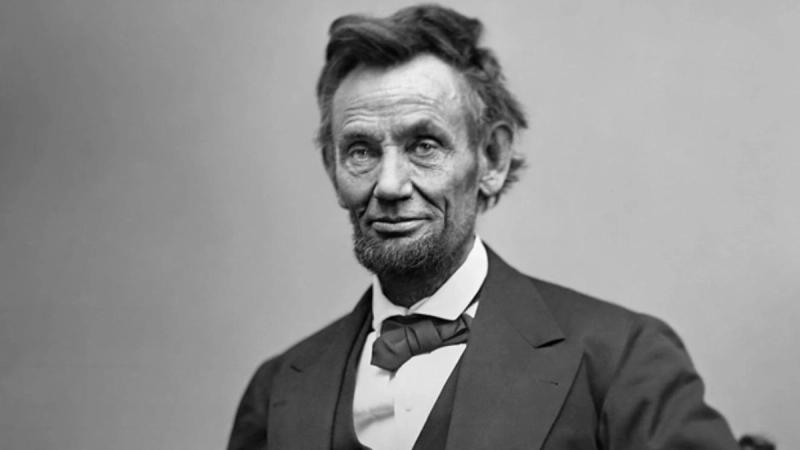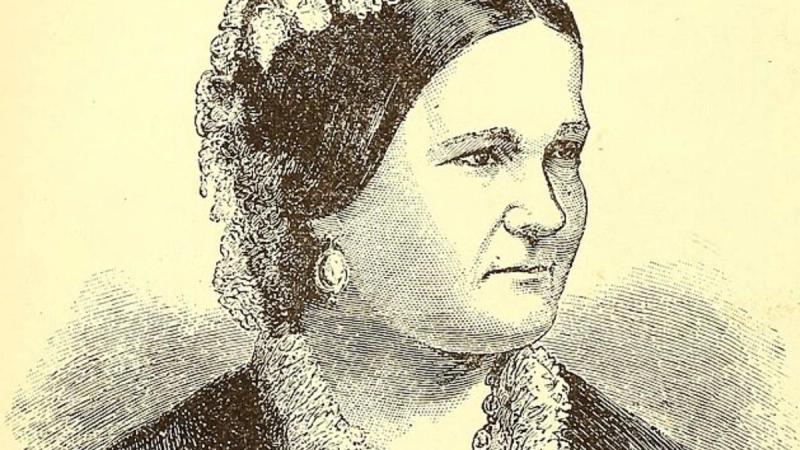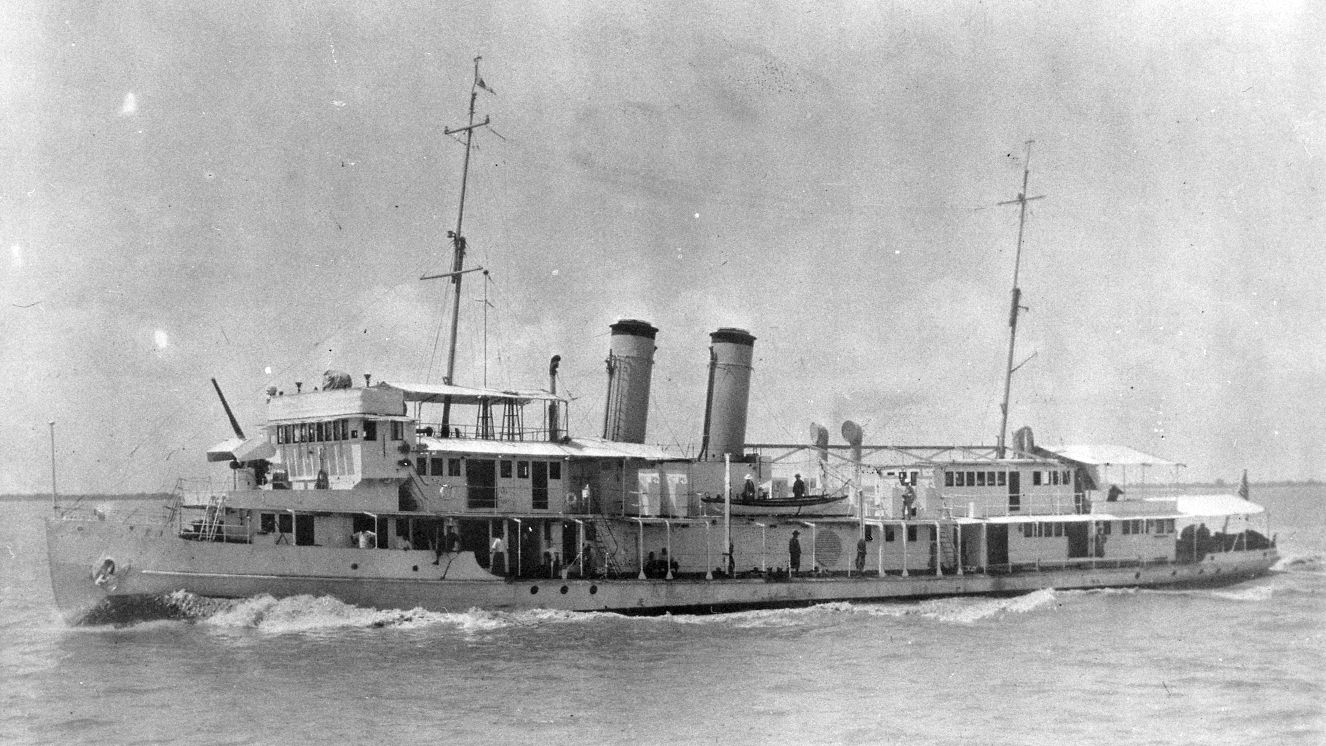MARY TODD LINCOLN: TRAGIC CIVIL WAR FIRST LADY'S LIFE

The story of Mary Todd Lincoln remains one of debate for many historians. One of the more notable First Ladies in our nation’s history, her impact during the Civil War was often unfortunate, much as the events that would sadly define her life. Born into wealth, Mary would become one of our nation’s highest-profile socialites, and yet, tragedy combined with mental illnesses would follow her from beginnings in Kentucky to her role in the White House and beyond.
Mary Todd Lincoln: Early Life and Family Background
Before she was Mary Todd Lincoln, she was simply, Mary Ann Todd. Born into a wealthy family in Lexington, Kentucky, Mary was brought up by her stepmother, known for her strict parenting, in an affluent home.
Attending Mentelle’s School for Young Ladies, Todd was known for her ability to be quick with wit, her education in the arts, and understood politics.
Like many affluent young women, she ran in similar circles and would be courted by similar men, including Stephen A. Douglas—a man who would be her eventual husband’s long-time political rival.
However, after leaving home in 1839 to be near her sister Elizabeth in Springfield, Illinois, her life changed forever when she met a politician we now know as Honest Abe.

How Mary Met Lincoln (Twice)
Abraham Lincoln was also born in Kentucky but was raised in Indiana. Either way, unlike Mary Todd, he did not enjoy an affluent upbringing. Simply put, he grew up poor.
However, determined to make a name for himself, Abraham would begin working in politics and ended up meeting Mary at a dance.
The good news is that she took a liking to him; however, the bad news, is Honest Abe was lucky—the man couldn’t dance.
Perhaps it was the more than a foot in height difference or the lack of formal training or both, whatever it was, Mary decided to pursue the relationship even though he wouldn’t last in the Soul Train line.
Still, things didn’t go exactly to plan. While they met in Springfield, Illinois, and began dating, Mary’s sister Elizabeth and brother-in-law disapproved of the uncultured Lincoln, leading to a breakup.
This could have been the end but true love conquers all, or at least that’s how the saying goes. After a year of avoiding each other, mutual friends rekindled their relationship, and the couple dated in secret.
Mary Todd eventually told Elizabeth she was dating Lincoln on November 4, 1842—the day of their wedding. Her sister came around and the Lincolns began their life together.
Slavery and the Todd Family
Being from a family of wealth in the South, it’s no surprise that Mary Todd Lincoln’s family had slaves.
History shows that there were at least five slaves on average working the property between 1820 and 1849, which would include a visit from Abraham Lincoln in 1847.
One of the ways the Todd family generated money was by hiring excess slaves and loaning them to relatives.
Furthermore, the Black workers on their property were described with typical stereotypes by the family, who had many members maintaining the practice even while supporting politics that were against it.
Mary Todd Lincoln’s stance on slavery remains unclear. While sympathetic to Black refugees and involved with relief efforts during the Civil War, her writings and actions suggest mixed views on racial equality and abolition.
Sadly, these feelings may have remained even after befriending noted seamstress Elizabeth Hobbs Keckley, a Black woman who was formerly enslaved.

Mary Todd Lincoln: Contributions to the Civil War Era
During the Civil War, Mary Todd Lincoln was actively engaged; however, her actions were often detrimental to the cause.
As First Lady, hosting events, dealing with dignitaries, and keeping stress away as much as possible for the POTUS comes with the territory—she did quite the opposite on a number of occasions.
Mary encouraged Abraham Lincoln to replace ineffective Generals like George McClellan and entertained foreign dignitaries.
However, she also added stress to Honest Abe by purchasing luxury finishings for their home and lavish parties, leading to $27,000 in hidden debt—roughly $676,000+ in today’s value.
Mary worked to keep tensions light by entertaining foreign diplomats; however, the President told her sensitive information, which she would end up sharing while also pressuring officials for personal loans.
Furthermore, Mary's erratic behavior, including rumored drunkenness with Russian sailors and jealous rages, made her a liability to Lincoln’s reelection campaign and public image.
In the North, she was accused of being a spy. The South felt she was a traitor. While she didn’t always help her cause in finding acceptance from the public, either way, Mary faced relentless scrutiny.
Mary Todd Lincoln: Life After Lincoln's Assassination
It should be no surprise that the assassination of President Lincoln would devastate his wife. The loss of her husband would fill the rest of her life with sadness, looking for a cure to no avail.
Mary never remarried and would end up dying of a stroke in her sister’s home in Springfield on July 15, 1882. The same home where she married Honest Abe.
Today, most of the Lincoln family is buried at the Lincoln Tomb in Springfield where three of the couple’s sons join them.
Mental Health Issues
There are different schools of thought behind Mary Todd Lincoln and her possible mental health issues. What we do know is that she would suffer from frequent migraines and these got worse following a head injury in 1863.
Many believe that she may have lived with depression or bipolar disorder, the causes of which remain unknown.
However, the loss of her 11-year-old son, Willie, to typhoid fever in 1862, all while her oldest son Robert also battled the disease, brought the family unspeakable grief.
Following her husband’s assassination, she would become briefly institutionalized in 1875 and then traveled throughout Europe.
Some evidence suggests she was looking for a way to feel better. Sadly, out of her five children, only Robert would outlive their parents.

Mary Todd Lincoln House: Visiting the Historic Site
Rife with history, the Mary Todd Lincoln House preserves the legacy of the First Lady, her family, and Honest Abe, and is a great place to visit.
Operated by the Kentucky Mansions Preservation Foundation (KMPF), the museum opened in 1977 and is a fixture of Lexington, preserving the family home of Mary Todd and what the property became afterward.
The Mary Todd Lincoln House is open Monday through Saturday but closed during winter, though certain special events may occur during that season.
Mary Todd Lincoln remains a somewhat tragic yet fascinating historical figure who impacted our nation during its greatest struggle.
Address: 578 West Main Street Lexington, KY 40507
Suggested reads:
BY BUDDY BLOUIN
Buddy Blouin is a Contributing Writer at VeteranLife.com
Buddy Blouin is a Contributing Writer at VeteranLife.com



